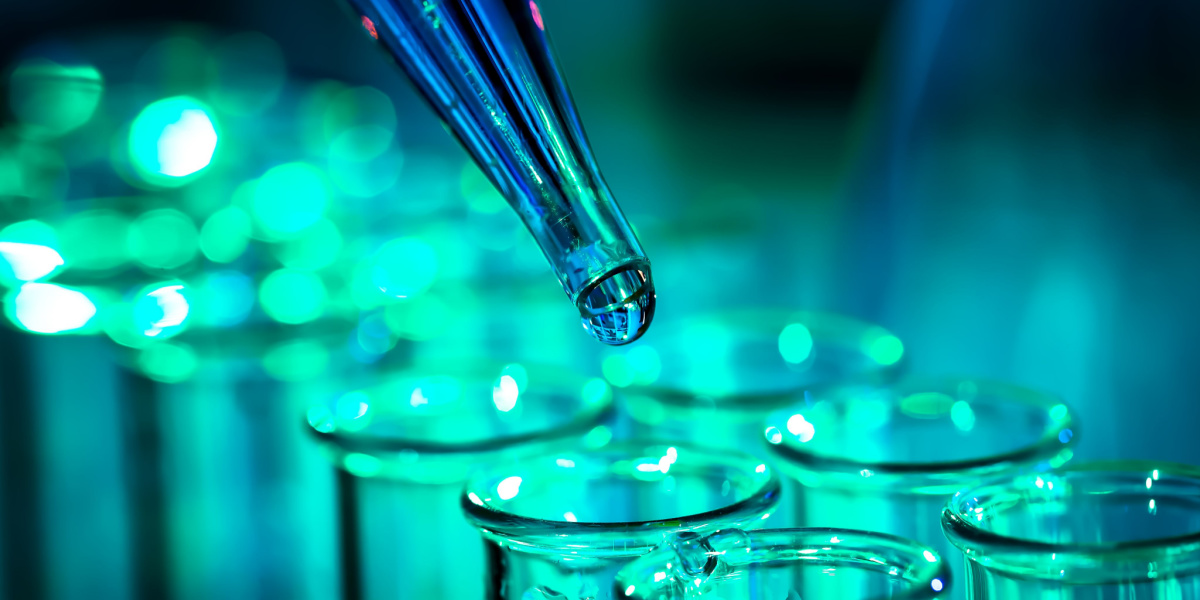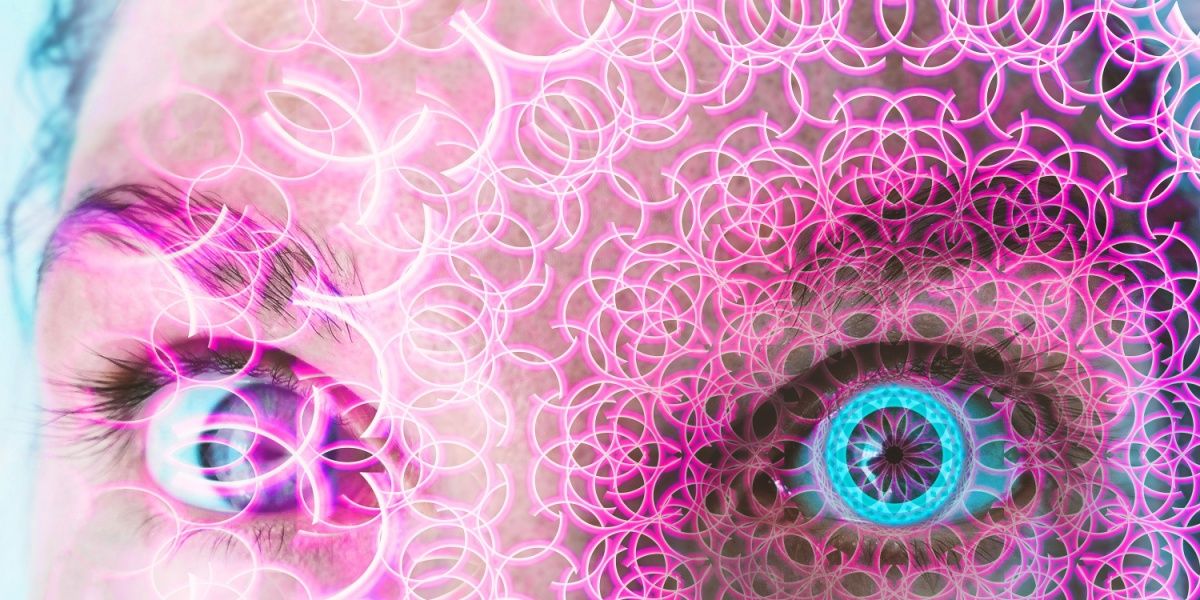DMT (N,N-Dimethyltryptamine) is a strong psychedelic drug found in plants and animals, similar in structure to magic mushrooms (psilocybin). Following administration, DMT is rapidly broken down by the kidneys and excreted in urine. That means it’s only detectable in blood and saliva for a few hours after use and in the urine for 24 hours. However, hair follicle drug tests can find DMT up to 90 days after use.
This table shows how long DMT is in the system by drug test type.
| Drug Sample Type | DMT Detection Time |
|---|---|
| Urine | 24 hours after use |
| Blood | 2 hours after use |
| Saliva | less than 3 hours after use |
| Hair | 90 days after use |
Read below to learn more about DMT's half-life, how it metabolizes in the system, factors that affect metabolism, and what to do if you're having a "bad trip".
- Ayahuasca preparations, featuring DMT-containing plants alongside a source of MAOI, an enzyme inhibitor that blocks the stomach's breakdown of DMT, can lead to DMT being detectable for longer.
- The effects of DMT are usually brief, especially compared to other hallucinogenic drugs.
- DMT has such a short half-life—usually just 10 to 20 minutes—that it can only be detected in blood for up to one to two hours after it’s inhaled or injected.

How long DMT stays in your system: At a glance
DMT (N,N-Dimethyltryptamine) is rapidly metabolized by the body. It takes effect quickly and, in most cases, falls below detectable levels quickly as well.
Ayahuasca preparations, featuring DMT-containing plants alongside a source of MAOI, an enzyme inhibitor that blocks the stomach's breakdown of DMT, can lead to DMT being detectable for somewhat longer. Additionally, Some people also metabolize and clear DMT much quicker than others.
How long does DMT last?
The effects of DMT are usually brief, especially compared to other hallucinogenic drugs.
However, the length of a DMT experience depends on how the substance was taken, as well as the dosage.
- Smoking or vaping: onset in 15 to 45 seconds, with effects typically lasting five to 30 minutes, and 45 minutes at most. When it's liquid form, DMT has a yellowish amber appearance.
- Ingested: When ingested on its own, DMT is broken down by stomach enzymes and inactive. However, when ingested alongside a source of MAOI, as in ayahuasca brews, its effects can last up to four hours. Effects are usually noticeable after an hour, or more quickly if ayahuasca is taken on an empty stomach.
- Intravenous injection: immediate onset, with effects peaking at five minutes and dissipating within 30 minutes.
- Intramuscular injection: onset within two to five minutes, with effects lasting 30 to 60 minutes, although it induces a milder effect in comparison to inhalation or injection.[3]
Does DMT show up on drug tests?
DMT won’t show up on standard drug tests used by law enforcement and employers. To detect DMT in urine, blood, saliva, or hair follicles, you must specifically test for it. Most DMT tests have been developed just recently and aren't commonly performed. With the exception of hair follicle testing, the short half-life of DMT makes testing useless unless it’s done within hours of use.
DMT in blood testing
DMT has such a short half-life—usually just 10 to 20 minutes—that it can only be detected in blood for up to one to two hours after it’s inhaled or injected. That means blood testing must be very rapid.
DMT in urine testing
The detection of DMT in urine toxicology screening is challenging because of its short half-life and because the drug and its main metabolite, indole-3-acetic acid, are both naturally produced by the body. However, urine testing is possible, and more reliable methods are being developed.[4]
When smoked, often via a DMT vape cartridge, DMT and its metabolites can be identified in urine samples for up to 24 hours after administration. If DMT is ingested without the presence of an MAOI, it will be inactive and no DMT will be recovered, only metabolites.[5] In the presence of an MAOI, as in ayahuasca, DMT will produce its characteristic effects and can be found in urine for up to 24 hours.
If you have more alkaline urine with a higher pH, DMT will be detectable in your urine for a longer period when compared to a lower pH, more acidic urine. DMT is rarely screened for in standard panel drug tests, such as 5-panel and 10-panel tests, but can be requested by employers, for example.
DMT in saliva testing
DMT can also be identified in saliva for a few hours after use, although it’s not a test frequently performed.[6]
DMT in hair follicle testing
Hair follicle testing doesn’t have the time constraints that urine, blood, and saliva testing do and can detect DMT use for up to 90 days, particularly if use has been regular. This is also true if screening for 5-MeO DMT or bufotenin.
Factors that affect how long DMT is in the system
The detection window for DMT varies widely, depending on:
- Dosage: It takes longer to clear a high dose of DMT.
- Metabolism: People with fast metabolism will process the drug more quickly.
- Kidney function: DMT is mostly broken down in the kidneys so people with reduced kidney function will take longer to excrete the drug.
- Genetics: The activity of certain enzymes, determined by genetics, will mean some people metabolize DMT more slowly.
- How you took it: Ayahuasca takes longer to take effect and lasts longer in the body.
- Frequency of use: If you use DMT more regularly, detectable levels will remain in your body for longer.
Can I flush DMT out of my body?
There is no known way to accelerate the metabolism of DMT and remove it from your body more quickly, though many try to as it is a Schedule 1 controlled substance. DMT is already metabolized very quickly compared to other drugs. Drinking water and eating a meal won’t speed up the process.
What do I do if I’m having a bad experience/trip?
DMT causes intense and immersive psychedelic effects similar to LSD but shorter-lived; often likened to near-death experiences or outer space travel. Some people find these hallucinations enlightening, but for others, they're terrifying.
A bad trip is a negative experience someone has while under the influence of a hallucinogenic drug, often featuring fear, paranoia, disorientation, confusion, and panic attacks.
To avoid having a bad trip on DMT:
- Take DMT in a safe and comfortable environment and away from anything that might induce sensory overload such as bright lights or crowds.
- Only take DMT around people you trust.
- Make sure you’re supervised by someone sober, often called a “trip sitter.”
- Don’t take DMT if you’re worried about something.
- Avoid DMT if you have a history of anxiety, panic attacks, or psychosis.
- Be careful about dosing. Take only a small amount and don't re-dose if you think it hasn't worked.
If you’re in the midst of a bad trip on DMT:
- Don’t attempt to self-medicate. Mixing another psychoactive substance with DMT can make you feel worse or cause an adverse reaction.
- Remember the hallucinations, however vivid, aren’t real.
- Stay away from dangerous environments, including heights, traffic, and bodies of water.
- Don’t go off on your own.
- Stay hydrated, especially if DMT induces vomiting
- Seek medical help if you feel like you need it—this may include developing psychiatric side effects, deterioration of pre-existing conditions, experiencing a bad reaction to the drug, or even worrying that you’ve taken too much of it.
- Wait. DMT trips are very brief, especially if it's been smoked. While the drug itself can distort time, it’s helpful to remember that your DMT trip will last 45 minutes at most and may be over in under 10 minutes.
Can you overdose on DMT?
DMT overdoses are uncommon because the drug is metabolized so quickly. However, overdoses can happen and may cause seizures, cardiac arrest, respiratory arrest, loss of consciousness, and death.[7]
More common than a DMT overdose is serotonin syndrome. Serotonin syndrome is caused by taking DMT in the presence of another substance that acts on the neurotransmitter serotonin, such as antidepressants, migraine drugs triptans, and illicit substances such as other psychedelics, MDMA, and cocaine. Serotonin syndrome requires prompt medical attention.


-guide-detail.jpg?v=1722502725)
-guide-detail.jpg?v=1722502744)
